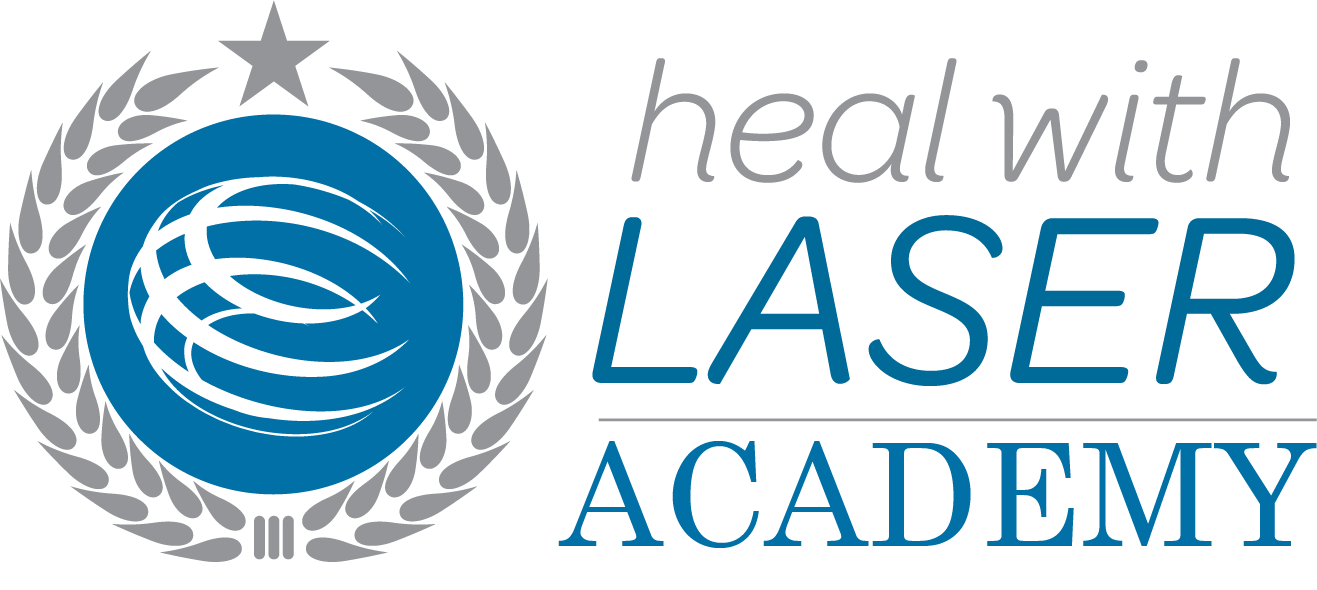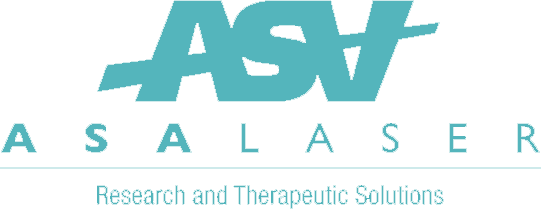Craniofacial pain – transcript
Hi, my name is Dr. Karina Patel and I’m from the TMJ and Sleep Therapy Centre of London. Now I’m just going to talk through how to actually use the MLS laser for craniofacial pain. So, this is what the interface will look like. And these are your two protocols, your static and dynamic. So, with the static protocol, you should perform that for the first two to three sessions, depending on how the patient’s going with their pain. After that, then you want to move to the dynamic sessions. With the dynamic, you’ve essentially got the patient moving. With the static, the patient’s completely still while you’re doing your laser treatment. So, the dynamic is used after the pain has reduced by up to 50% and you’ve got not much limitation in their mobility as well. And that’s what it looks like. So, you got your static, the patient is still in that position. Dynamic, the patient’s moving.
Now, with your static, the reasons that you’re doing this is to actually de-contract, reduce any inflammation and also it has an analgesic effect. So, you’re wanting to treat areas like the muscles connected to the TMJ, the cervical spine, the trapezius, and also trigger points as well. With your dynamic, you’re then looking to de-contract, anti-inflammatory again, and analgesic, but you’re then looking for your longer-term results, your proprioceptive and your joint recovery, faster postural correction and also you’re breaking that chronic cycle that the patients are in.
Areas of treatment are the TMJ and the cervical area with this. And you can also use a trigger points in this section as well. So, for a summary of the static protocol, essentially, what happens is that you apply the laser once a week or multiple times as needed. You can’t actually over-treat with this, so you can do it as many times as you’d like. There are recommended intervals for treatment, which we’ll go over. But for the static protocol, you’re essentially going through steps A through to G, and you’re treating from the TMJ through the masseters, down the cervical spine and then you’re moving to the trigger points at the end here.
So, if we go through each step by step and how long you need to use each for… So, you’ve got your TMJ treatment, that is done for 30 seconds. So, first you want to get the patient to open their mouth, so you might want to put a bite prop in there so they can actually stay still while you’re doing this. And you just point in the same place as this red dot here. So, 30 seconds with the mouth open on one side, then you go to the other side for 30 seconds. And again, here you want the patient closed with the red pointer in exactly the same spot on that side.
Then you want to scan the masseters for a minute, and you start off where this red pointer is, scan up and down in these sections. And then you do the same again. So, you’ve gone through A, B, C, and then you go through this A again, 30 seconds with the mouth open on the other side. Then you go B with the mouth closed and then scanning over the masseters again on the opposite side. So, you must treat evenly on both sides for it to be effective as well.
After that’s done, the next step on your interface will show you the shoulder and the cervical pain treatment area. So, you want to do the cervical area on each side differently. So, you want to do one minute here, one minute here. Now, you already have in the machine a preset of two minutes. So, the machine will already beep or stop after one minute is through, and then you move to the opposite side. And you’re doing this in a scanning motion up and down from C3 to C7, ideally.
Then you move on to your upper trapezius, which is again, the next section down on your machine. And again, it’s preset in there for three minutes. But you want a minute and a half on each side, just scanning across one side and then scanning across the other.
Then you move on to your trigger points. So, your trigger points are preset in the machine at 25 seconds. Now, with the trigger points, you just hold one side. And what I actually do is try and find the trigger point, try and lift it up a little bit on the muscle from the base and actually then start to use the laser on that trigger point. What you will find is that the trigger point actually breaks up underneath your fingers and your fingers start to come closer together. And that’s if you can actually pick up the trigger point. And you can do as many trigger points as you need to here, so you can do the trapezius, you can move over to the upper trapezius on the shoulder. It depends on how many you find. And again, you need to treat equally on both sides.
You can also use your larger head for the laser machine as well, the Charlie head… it has to be positioned 20 centimetres away from the skin at all times. And it actually comes with this pointer so you can actually quite accurately position it that 20 centimetres away. Your laser is actually being applied within this triangle, where that cross is on the skin. So, you can use your handheld laser at the same time as you’re using that Charlie head with the laser so you can treat multiple areas together. And this is just another example of another trigger point being treated and its referral patterns as well. So, you’ll see a reduction in pain at referred sites as well.


